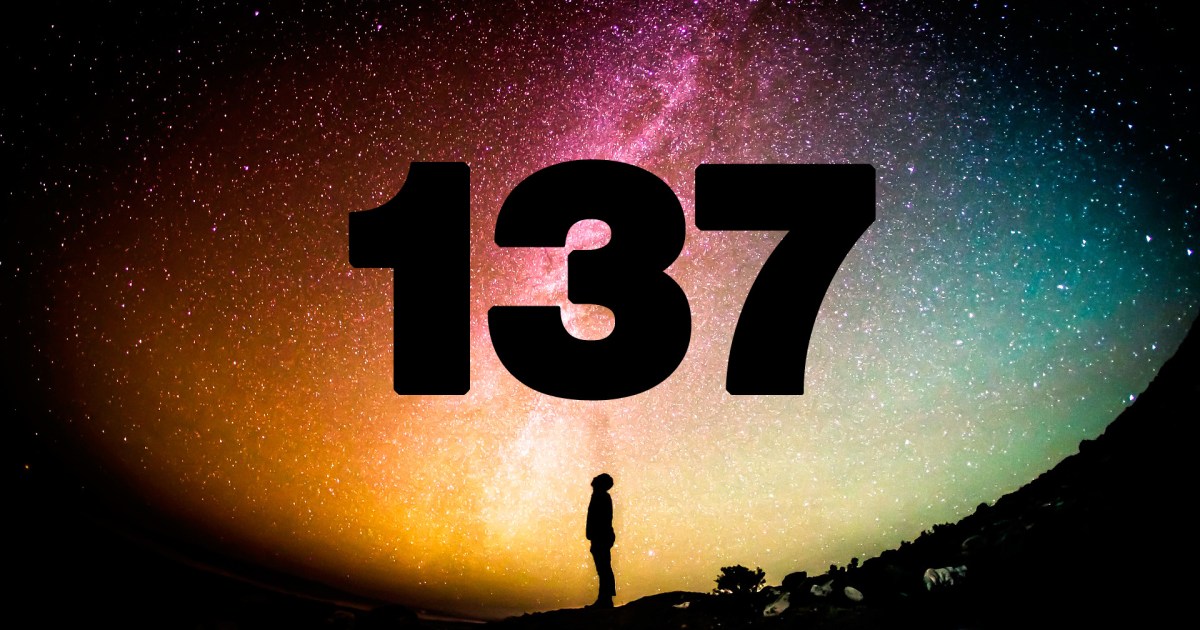I don't know a deeper meaning of where it comes from, but:

 www.quantamagazine.org
www.quantamagazine.org

 bigthink.com
bigthink.com
I don't get the Feynman Conjecture. Does anyone else understand it?

Physicists Nail Down the ‘Magic Number’ That Shapes the Universe
A team in Paris has made the most precise measurement yet of the fine-structure constant, killing hopes for a new force of nature.

The strange number 1/137 shows up everywhere in physics. What does it mean?
Does it have a deeper significance — or is it just a number? Unfortunately for physics enthusiasts, 1/137 is no more significant than 3.14.
I don't get the Feynman Conjecture. Does anyone else understand it?
